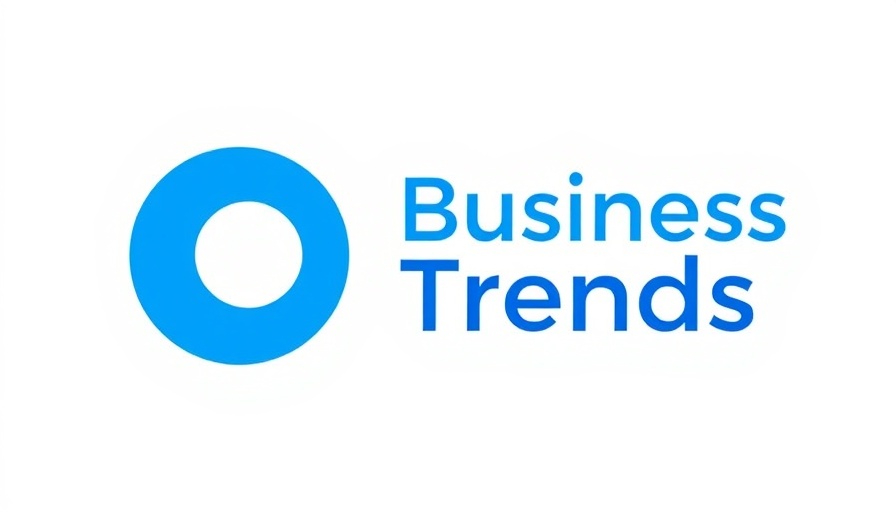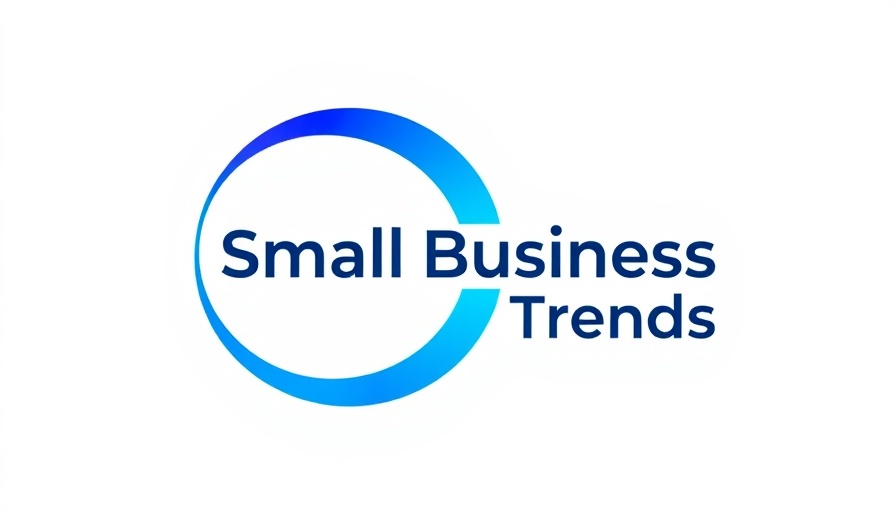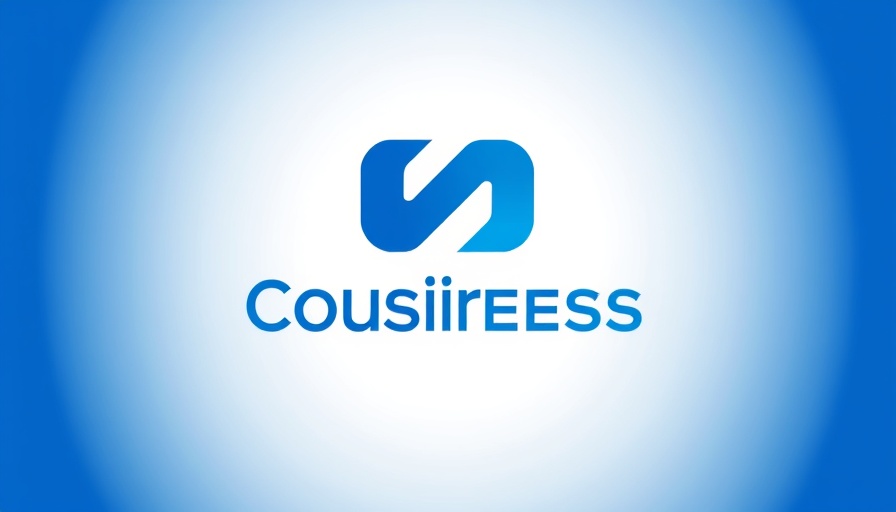
Snap's Revolutionary AI Model: A Step Towards Mobile Efficiency
Snap, the tech company behind Snapchat, has made waves in the mobile technology space with its latest advancement—a cutting-edge AI diffusion model designed specifically for mobile devices. Capable of generating high-resolution images in just about 1.4 seconds on an iPhone 16 Pro Max, this significant development promises to redefine user experience on the platform. Today, accessibility to AI-generated imagery is not just a luxury of high-powered servers; it can now happen easily on mobile devices, changing how users interact with technology.
How It Works: On-Device Processing Redefined
Unlike many AI tools that rely heavily on cloud processing, Snap’s model operates entirely on-device. This means that the processing speed is drastically improved, reducing both computational costs and latency. Snap has employed innovative training techniques that draw knowledge from larger diffusion models to create a more compact and efficient version that works even from the palm of your hand. This is not just a technical achievement; it represents a shift in how companies can approach mobile AI.
Igniting Creativity Through New Features
The potential for new features is immense. Snap plans to integrate its AI model into exciting new functionalities such as AI Snaps, AI Bitmoji Backgrounds, and various other visual tools powered by artificial intelligence. Each of these integrations will enhance the user experience, allowing for creativity and self-expression powered by highly responsive technology.
Investing in the Future: The Commitment to AI Innovation
Snap remains committed to pushing the boundaries of efficiency and affordability in AI tools. Their statement about inspiring industry innovation reinforces their dedication to making AI accessible for mobile-first users. There is a tangible interest in continuing to invest in cutting-edge AI and machine learning technologies that prioritize the mobile experience, signaling that the future of social interaction could be dramatically redefined.
A Mobile-First World Awaits
This groundbreaking development by Snap signifies a larger trend within the tech industry. As consumers increasingly rely on mobile devices for communication and creativity, solutions that prioritize mobile-first designs are essential. Snap's on-device technology is poised to set a new standard, ensuring that AI tools can be efficiently integrated into everyday life, all while reducing the barriers associated with traditional AI.



Write A Comment